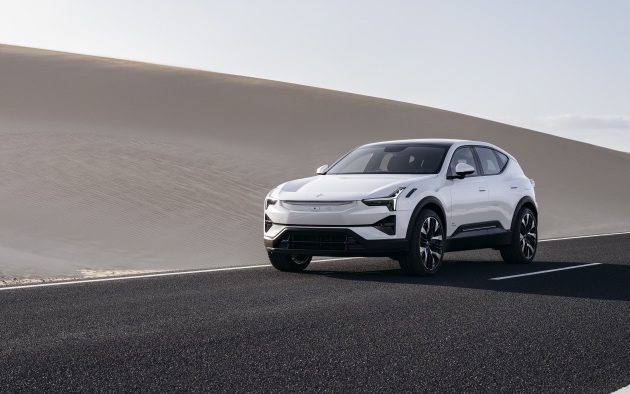Polestar has officially lifted the cover on its electric performance SUV, the Polestar 3, the Sweden-based all-electric car maker’s first sports utility vehicle and its first model slated for production on two continents – Europe and North America.
The Polestar 3 was fully unveiled on Thursday (Australian time), after a sneak peak at the SUV and some of its specs late last month.
Now, all has been revealed, including pricing expected to start from $A135,000. Australian customers can register their interest to buy a Polestar 3, effective immediately, with first deliveries expected in the fourth quarter of 2023.
And while that date is a good deal later that we might have hoped – the Polestar 3 had been tipped for an early 2023 arrival in Australia – conditions look right for the car maker to meet its delivery targets.
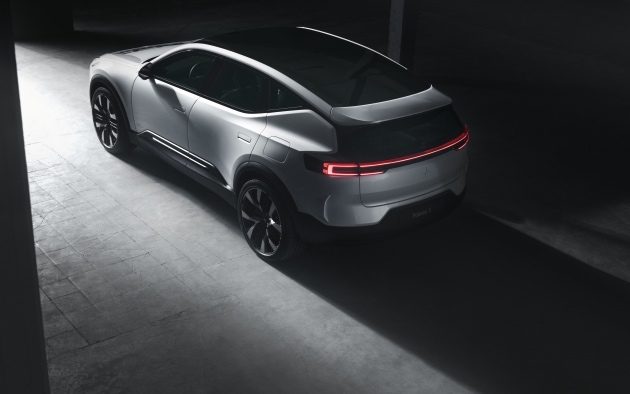
That’s because the Polestar 3 is the first car out on a new all-electric technology base developed by and shared with Volvo Cars. Production for initial launch markets is planned to begin in Volvo’s Chengdu facility in China, in an incremental ramp-up phase from mid-2023.
Additional manufacturing at Volvo Cars’ Ridgeville, South Carolina facility in the US, is expected to follow towards the middle of 2024 – from which point supply to North American and other markets will switch from China to the US. Initial deliveries from the US factory are expected around the middle of 2024.
All the bells and whistles, Scandi style
Polestar says the new model’s design has been inspired by “Scandinavian minimalism” that combines the wide stance typical of an SUV with “subtle yet effective” aerodynamic optimisation; including a front aero wing integrated into the bonnet, an aero wing integrated into the rear spoiler, and rear aero blades.
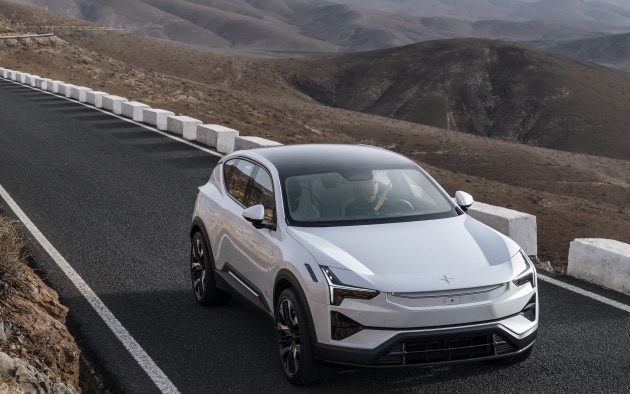
On torque and speed, the 5-seater produces up to 380kW and 910 Nm (that’s for the top of the range model), while a 111kWh battery pack is said to provide a generous driving range of up to 610 km WLTP, around about what was expected.
At launch, however, only the Long range Dual motor with 360kW and 840 Nm) will be available, it seems.
According to Polestar, all versions of the SUV will include air suspension, a full-length panoramic glass roof, retractable door handles with proximity sensing, and 21-inch alloy wheels.
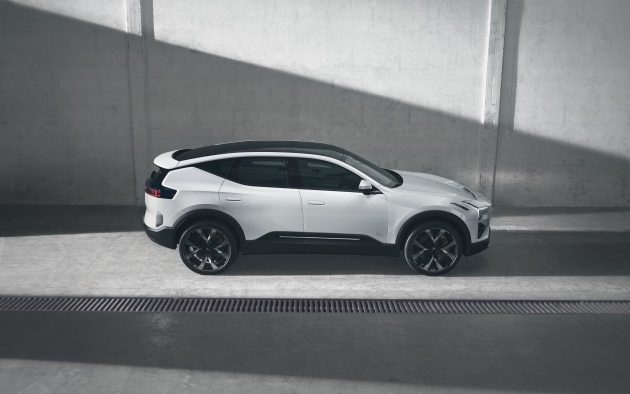
The Plus Pack and Pilot Pack are fitted as standard for the first model year and include features like a 25-speaker audio system from Bowers & Wilkins, soft-closing doors and Pilot Assist.
The Polestar 3 will also feature NVIDIA DRIVE core computers, running software from Volvo Cars. This is “the AI brain” of the car that uses data from sensors and cameras to enable advanced driver-assistance safety features and driver monitoring.
Optional extras
From the second quarter of 2023, buyers will be able to order an optional Pilot Pack with LiDAR from Luminar, that will add an additional control unit from NVIDIA, three cameras, four ultrasonic sensors and cleaning for the front- and rear-view cameras. Apparently, this enables enhanced 3D scanning of the car’s surroundings in greater detail and helps prepare for autonomous driving.
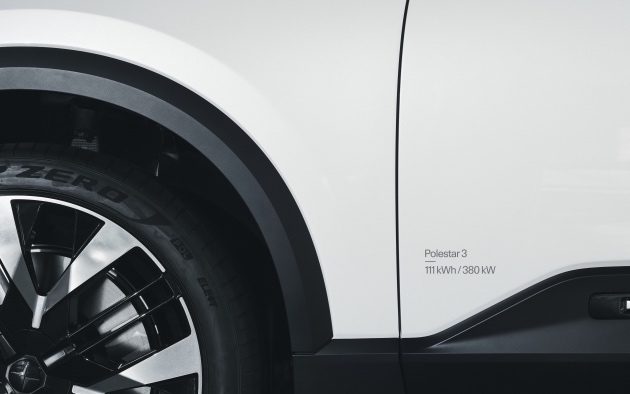
The optional Performance Pack includes a maximum power and torque output of 380 kW and 910 Nm, along with performance optimisation for the air suspension, unique 22-inch forged alloy wheels and additional signature ‘Swedish gold’ details.
Inside the car, materials have been selected for their sustainability credentials, Polestar says, including “animal welfare-certified leather” and fully traceable wool upholsteries.
Excellent driving dynamics
“Polestar 3 is a powerful electric SUV that appeals to the senses with a distinct, Scandinavian design and excellent driving dynamics,” says Thomas Ingenlath, Polestar CEO.
“This car has been designed as a Polestar from the start and features new defining characteristics for us – like the dual blade headlights, SmartZone and front aero wing.
“It takes our manufacturing footprint to the next level, bringing Polestar production to the United States. We are proud and excited to expand our portfolio as we continue our rapid growth.”

Sophie is editor of One Step Off The Grid and deputy editor of its sister site, Renew Economy. Sophie has been writing about clean energy for more than a decade.

